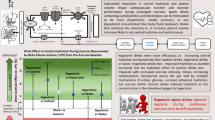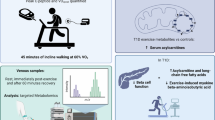Abstract
The determination of a patient's nutritional condition is an important moment of clinical evaluation in everyday experience. Quite often, it is important to identify symptoms, signs and objective parameters that may reveal a malhourished condition. To satisfy this request, clinicians recur to clinical examination and biochemical tests. It is also possible to use indirect calorimetry. Through the evaluation of oxygen consumption (VO2) and carbon dioxide production (VCO2), indirect calorimetry permits the respiratory quotient (RQ) to be calculated and the exact energy consumption during resting conditions to be determined. This technology, currently used in research departments and in hospital units, is more accurate for the estimation of resting energy expenditure (REE) than the Harris-Benedict equation, especially in the case of patients affected by respiratory diseases or other systemic conditions. The evaluation of REE through indirect calorimetry is a useful monitoring and prognostic index in acutely and chronically ill patients.
Similar content being viewed by others
Author information
Authors and Affiliations
Rights and permissions
About this article
Cite this article
Aliprandi, G., Bissolotti, L., Turla, D. et al. The use of REE determination in a clinical setting applied to respiratory disease. Acta Diabetol 38, 27–30 (2001). https://doi.org/10.1007/s005920170025
Issue Date:
DOI: https://doi.org/10.1007/s005920170025




